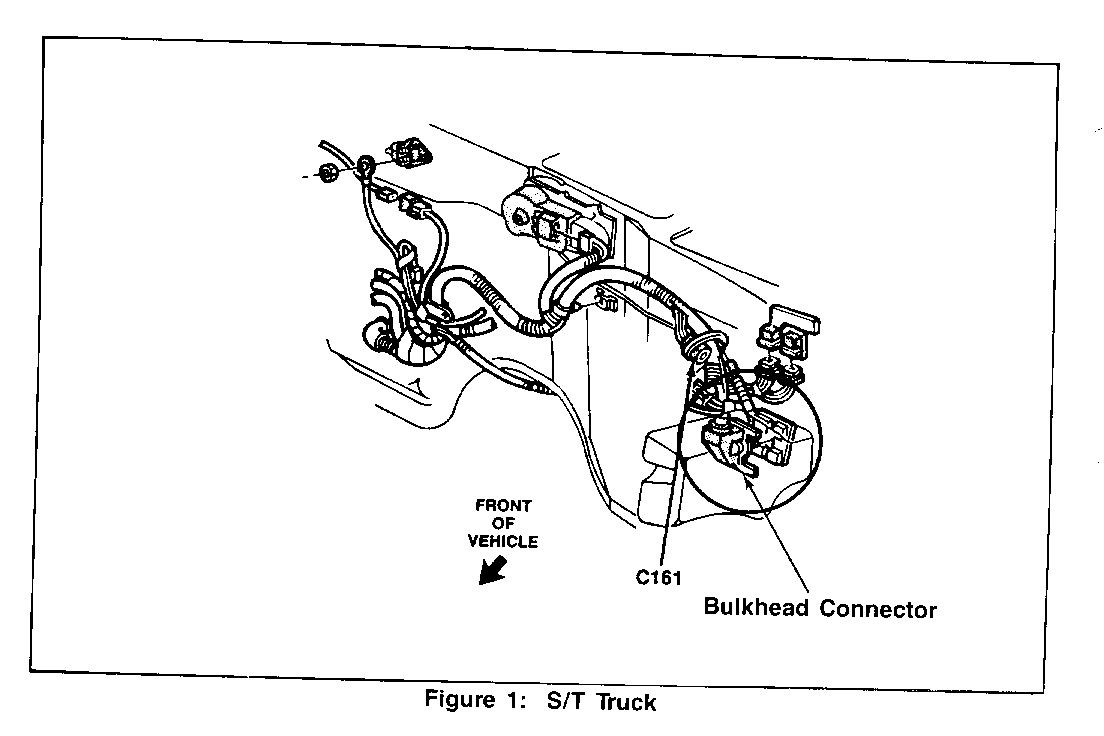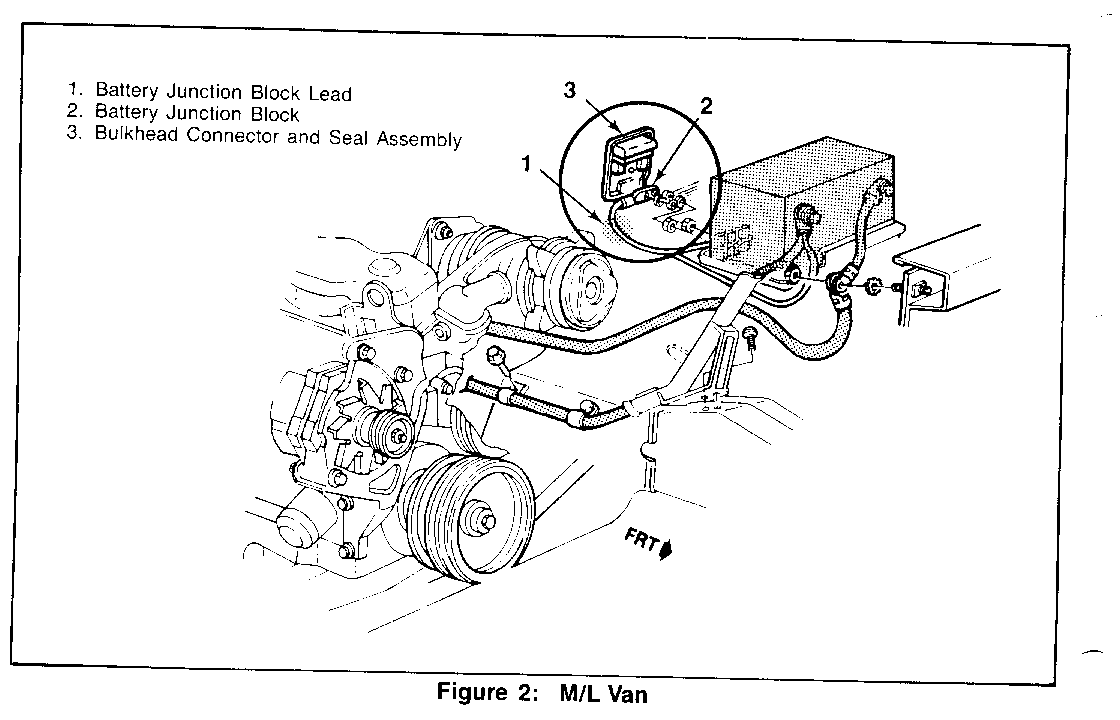ANTI-LOCK BRAKE LIGHT ILLUMINATED WHEN DEACTIVATED

SUBJECT: FALSE CODES 41.42,43,44,46,48,51,52,53 AND 54 (SERVICE INFORMATION)
VEHICLES AFFECTED: 1990-91 M/L AND 91 4-DR S/T UTILITY VEHICLES WITH 4WAL
Some 1990-91 M/L vans and 1991 4-door S/T utility vehicles may experience a condition in which the ANTI-LOCK light is illuminated and the anti-lock feature of the brake system is deactivated without a true malfunction of the 4WAL module.
The condition may cause one or any combination of the following trouble codes to be falsely set and stored in the Electro Hydraulic Control Unit (EHCU) memory.
Code Description
41 RF isolation valve solenoid has an open circuit
42 RF pulse-width modulation valve solenoid has an open circuit
43 RF isolation valve solenoid has a shorted circuit
44 RF pulse-width modulation valve solenoid has a shorted circuit
46 LF pulse-width modulation valve solenoid has an open circuit
48 LF pulse-width modulation valve solenoid has a shorted circuit
51 rear isolation valve solenoid has an open circuit.
52 rear pulse-width modulation valve solenoid has an open circuit
53 rear isolation valve solenoid has a shorted circuit
54 rear pulse-width modulation valve solenoid has a shorted circuit
The root cause of this condition is a poor connection at the vehicle junction block located against the vehicle cowl on the left side of the vehicle as shown in Figures 1 and 2.
If a vehicle exhibits the above codes technicians should inspect the junction block connector for looseness and corrosion or contaminants. Any of these will cause a poor connection.
Once the connector has been cleaned, check all male to female connections to assure that all female sockets hold the male inserts securely.
When the Junction block is secure, clear the codes from the EHCU and run a function test using Tech 1 to verify the repair.


General Motors bulletins are intended for use by professional technicians, not a "do-it-yourselfer". They are written to inform those technicians of conditions that may occur on some vehicles, or to provide information that could assist in the proper service of a vehicle. Properly trained technicians have the equipment, tools, safety instructions and know-how to do a job properly and safely. If a condition is described, do not assume that the bulletin applies to your vehicle, or that your vehicle will have that condition. See a General Motors dealer servicing your brand of General Motors vehicle for information on whether your vehicle may benefit from the information.
